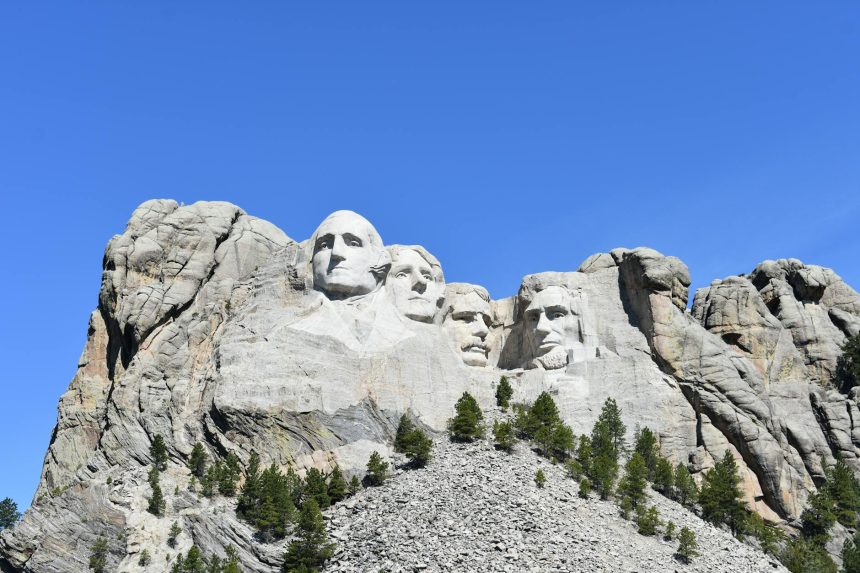everest-ski-descent
Everest Ski Descent: 7 Thrilling Facts About Conquering the Summit
Scaling Mount Everest is an extraordinary feat, but imagine strapping on skis at the summit and carving your way down. This incredible challenge, known as an Everest ski descent, pushes the limits of human endurance and skill. Recently, American mountaineer Jim Morrison made headlines for his historic achievement, adding another legendary chapter to the mountain’s storied history.
What exactly goes into such an audacious adventure? From meticulous planning to facing extreme conditions, a ski descent from the world’s highest peak is fraught with peril and unparalleled glory. Let’s delve into the fascinating world of high-altitude skiing and uncover why these descents captivate adventurers and onlookers alike.
The Ultimate Challenge: What is an Everest Ski Descent?
An Everest ski descent involves skiing from or near the summit of Mount Everest back down to a lower camp, often Camp II or even Base Camp. This is not casual skiing; it demands expert-level technical skills, profound knowledge of snow conditions, and an unparalleled ability to cope with the thin air and extreme cold.
The very idea seems audacious. However, for a select few, the allure of linking turns on the roof of the world is an irresistible call to adventure, transforming the ascent into a full-circle journey from summit to base.
A Brief History of Skiing on Everest
The dream of skiing Everest dates back decades. Early attempts were often partial descents, but the full potential of skiing from the summit remained elusive. Pioneering individuals pushed boundaries, experimenting with routes and equipment in the unforgiving environment.
Notable figures like Yuichiro Miura in the 1970s made significant partial descents, proving that skiing at extreme altitudes was indeed possible. These early efforts paved the way for modern mountaineers to envision and execute full descents.
Why is it So Difficult?
Skiing at over 8,000 meters presents a unique set of challenges. The air contains only a third of the oxygen found at sea level, severely impacting physical and cognitive function. Furthermore, the terrain is incredibly steep, often icy, and prone to avalanches. Equipment must be lightweight yet robust enough to withstand brutal conditions.
Navigating crevasses, dealing with exposed rock, and managing exhaustion while maintaining precise control on skis requires peak physical and mental conditioning. Even a small mistake can have catastrophic consequences.
Jim Morrison’s Historic Feat: A Deep Dive into an Everest Ski Descent
In a truly remarkable display of skill and courage, Jim Morrison, an American mountaineer and extreme skier, alongside Hilaree Nelson, achieved a historic first in 2018: the first successful ski descent of the Lhotse Couloir from its summit. While not a full Everest ski descent from the very top, their achievement on the neighboring Lhotse (often climbed as part of Everest expeditions) was a pivotal moment in high-altitude skiing, demonstrating the possibility of such feats on the world’s highest mountains.
Morrison’s subsequent return to Everest itself continued to push boundaries, culminating in his recent widely reported descent. His meticulous preparation and execution exemplify the pinnacle of high-altitude ski mountaineering. This recent adventure underscores the ever-evolving nature of extreme mountain sports.
The Planning and Preparation
An undertaking of this magnitude requires years of preparation. Morrison’s training regimen included extensive physical conditioning, technical ski mountaineering in challenging environments, and acclimatization expeditions. Every piece of gear, from lightweight skis and bindings to specialized boots and oxygen systems, was carefully selected and tested.
Route planning involved detailed analysis of satellite imagery, weather patterns, and snow conditions. Working with a dedicated team of Sherpas and fellow climbers, every contingency was considered to maximize safety and success.
Key Moments of the Descent
The descent itself is a series of critical decisions and precise maneuvers. From the moment skis are clicked in near the summit, concentration is absolute. Navigating the treacherous Khumbu Icefall on skis, for example, is a testament to incredible skill and nerve. Each turn is calculated, each edge set with precision, as the skier battles fatigue and the elements.
Morrison’s journey involved carefully carving down steep, exposed slopes, often encountering variable snow conditions ranging from hard-packed ice to soft powder. The sheer mental fortitude required to maintain focus for hours in such an environment is truly awe-inspiring.
The Dangers and Rewards of High-Altitude Skiing
Participating in an Everest ski descent involves embracing significant risks, yet the rewards are equally profound for those who succeed.
Risks Involved in Extreme Mountain Descents
The dangers are numerous and ever-present:
- Altitude Sickness: Acute Mountain Sickness (AMS), High-Altitude Cerebral Edema (HACE), and High-Altitude Pulmonary Edema (HAPE) pose severe threats.
- Extreme Weather: Sudden storms, whiteouts, and temperatures plummeting far below freezing can occur without warning.
- Avalanches and Crevasses: Unstable snowpacks and hidden glacial crevasses are constant hazards on Everest’s slopes.
- Falls and Injuries: A fall at high altitude, especially on steep, icy terrain, can be fatal or lead to debilitating injuries.
- Technical Challenges: Navigating fixed ropes, negotiating exposed sections, and managing equipment while skiing adds complexity.
The Unparalleled Rewards
Despite the dangers, the rewards are immense:
- Historic Achievement: Being among the elite few to ski from the world’s highest peak secures a place in mountaineering history.
- Personal Fulfillment: The ultimate test of skill, courage, and endurance leads to unparalleled personal growth and satisfaction.
- Inspiration: These feats inspire others to pursue their own ambitious goals, pushing the boundaries of what’s possible.
- Unique Perspective: Experiencing the mountain in such a dynamic way offers a truly unique and intimate connection with Everest.
To learn more about mountaineering challenges, visit the National Geographic Everest Expeditions page. For general insights into alpine sports, the American Alpine Club offers valuable resources on responsible climbing and adventure.
Beyond the Summit: The Future of Everest Skiing
As equipment technology advances and human understanding of high-altitude physiology improves, the future of Everest ski descent looks promising. More athletes are training specifically for these combined challenges, refining techniques and seeking new routes. However, the ethical considerations of such expeditions, including environmental impact and the commercialization of Everest, remain important discussions within the climbing community. Balancing adventure with responsibility will be key to the continued evolution of this extreme sport.
Jim Morrison’s latest achievement is a powerful reminder of the human spirit’s relentless drive to explore, conquer, and redefine limits. His descent from Everest is not just a personal triumph; it’s a beacon for future generations of adventurers, demonstrating what is possible with dedication and courage.
Ready to conquer your own peaks?
Jim Morrison skiing Mount Everest summit
Featured image provided by Pexels — photo by Thomas Shockey










